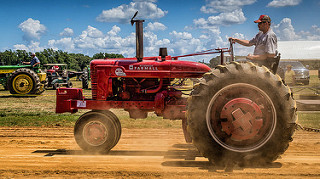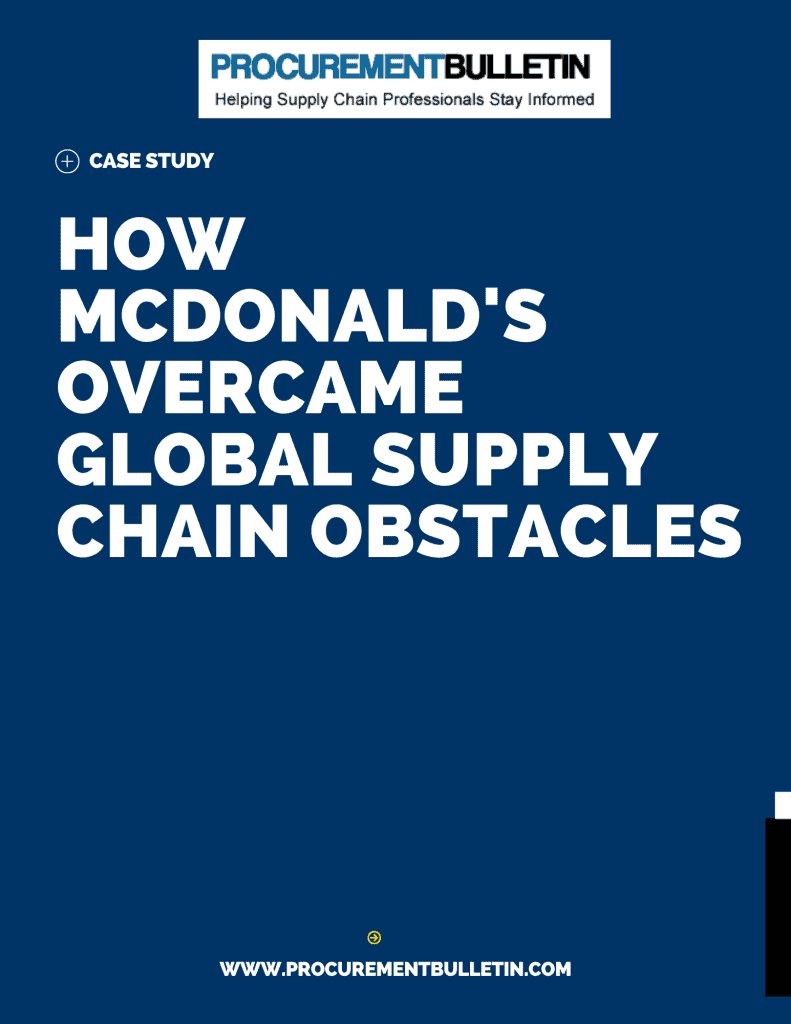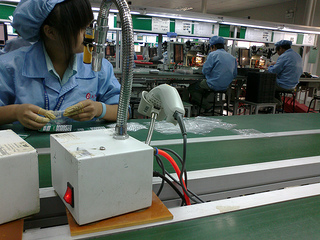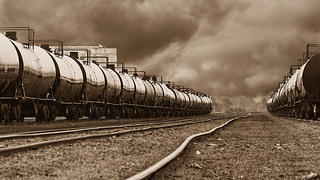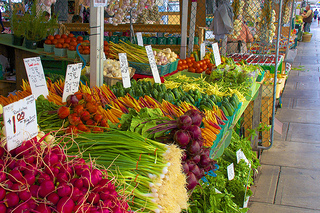Farming Technology Is Rapidly Developing

In recent years, farmers have been looking for ways to increase production while using fewer resources and decreasing their environmental impact. For farmers, technology offers myriad solutions. Sensors can measure soil and water composition, drones can spread fertilizer, and GPS systems can direct robotic tractors to harvest crops. Farming technology is rapidly developing, and it will continue to transform the food procurement industry.
Investors Have an Eye on Farming Technology
New York Times writer Steve Lohr reported that venture capitalists have invested more than $2.06 billion in farm technology startups since the beginning of 2015. The investment numbers were similar for 2013 and 2014. All of this money is going toward developing technology to improve efficiency in relation to monitoring and harvesting crops.
Even though extensive new agricultural technology is available, many farmers have been hesitant to spend money on it. After all, crop prices have been low, which means farmers haven’t seen profits as significant as they used to receive. Plus, technology has a way of going obsolete quickly, so many farmers are careful not to upgrade too quickly at the risk of losing money.
Right now, startup farming technology companies are catering to farmers that have money to spend. This could change in the near future, however. Technology has a way of becoming cheaper the older that it gets.
Developments in Farming Technology
Farm technology startups are focusing extensive resources on the potential uses of drones. These remote-controlled machines can go out into the field, take aerial views, and deposit data onto a computer. They can pinpoint insect infestations, fungus problems, and other common crop issues. Additionally, drones can be programmed to spray pesticides through computerized mapping.
Tractors can also be programmed through computerized mapping and GPS technology. President of Global Commodity Analytics & Consulting Mike Zuzolo told US News, “Guidance technology has become so good it’s allowed farmers to work at night and allowed the computer to follow paths they can’t see with their eyes.” This allows farmers to do more work during more flexible hours.
Ground and water sensors represent another important development in farm technology. Sensors allow farmers to monitor the moisture in the soil more closely. This means farmers can calculate the ideal amount of water for their crops without producing waste. In the past, farmers would water based on timers. Now they can water based on need.
Sensors can do a lot more than monitor moisture in the ground, though. For instance, famers can use sensors to better understand the carbon, pH, and residual nutrients in the ground. This allows for more customized crop fertilization.
If farm technology can achieve an affordable price, more farmers will start to adopt the available options. The goal of farm tech is to enable farmers to spend less money on monitoring and harvesting crops while transfering these cost savings to the consumer. Decreased environmental impact and more organic food could also result from adopting new technology. Farm tech is an up-and-coming field that could drastically change the food procurement industry.


